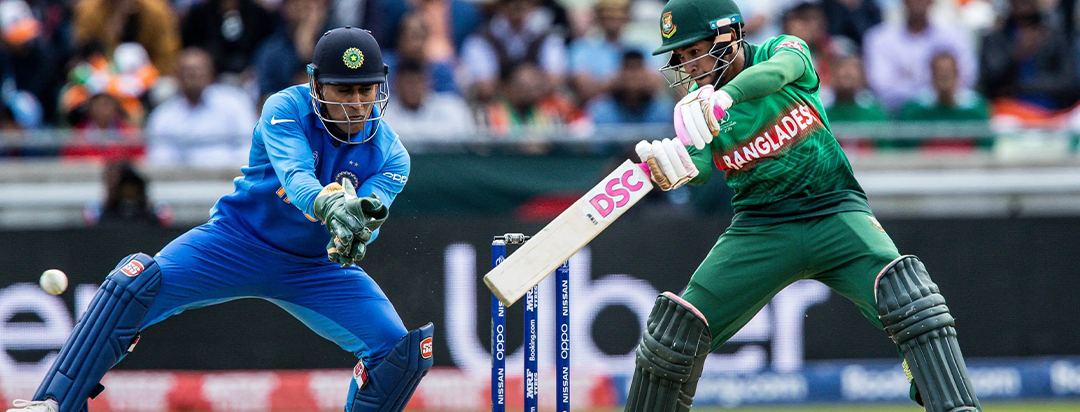

Lorem ipsum dolor sit amet, consectetur adipiscing elit ut liqua purus sit amet luctus venenatis, lectus magna.

Cricket is a game of strategy, skill, and precision. Among the eleven players on a cricket team, the wicket-keeper holds a position of unique responsibility. Often regarded as the backbone of the fielding side, the wicket-keeper’s role goes far beyond just standing behind the stumps.
Let’s break down what a wicket-keeper does, and why their role is so pivotal to a cricket team’s success.
The wicket-keeper is the player positioned directly behind the stumps at the batsman’s end. Equipped with padded gloves and leg guards, their primary task is to catch deliveries that pass the batsman and to effect dismissals like catches and stumpings. But their involvement in the game is far more nuanced.
Unlike other fielders, a wicket-keeper is allowed to wear specialized protective gear and gloves to safely handle the ball. Their position demands sharp reflexes, unwavering focus, and a deep understanding of the game’s rhythm.
The wicket-keeper’s duties can be categorized into a few core areas, though they are constantly active throughout the match:
A major part of the keeper’s job is catching balls that either edge off the bat or bypass the batter. These opportunities often come in the form of quick, subtle nicks that require lightning-fast reaction times.
When a batter over-commits and steps out of their crease, the keeper has the opportunity to “stump” them out by swiftly removing the bails before the batter gets back. This is a skill that relies heavily on timing and anticipation.
Wicket-keepers often act as the eyes and ears of the fielding side, guiding teammates with constant communication. Positioned behind the batter, they have the best view of the field and are instrumental in orchestrating field placements and motivating bowlers.
A ‘bye’ is an extra run awarded to the batting team if the ball passes the batter and eludes the wicket-keeper. A top-level keeper minimizes byes by being agile and maintaining tight control behind the stumps.
Being a wicket-keeper is physically demanding and mentally taxing. The best in the role excel in several critical skills:
One of the most underrated dynamics in cricket is the relationship between the wicket-keeper and the bowlers. A keeper’s subtle cues can help bowlers adjust their line, length, and even their approach to a particular batter. For spinners especially, a wicket-keeper becomes an active partner, always ready to seize stumping chances.
In contemporary cricket, wicket-keepers are expected to contribute significantly with the bat as well. Gone are the days when teams could afford to carry a specialist keeper who couldn’t bat effectively. Today’s top wicket-keepers are dynamic all-rounders, capable of changing the course of a match with their batting prowess.
The wicket-keeper is an essential cog in a cricket team’s machine. Blending agility, intelligence, and consistency, a keeper’s impact is often subtle but game-changing. From pulling off spectacular catches to executing sneaky stumpings, wicket-keepers bring an irreplaceable layer of finesse and control to the sport.
Understanding the nuances of this role not only deepens your appreciation for cricket but also highlights the sheer athleticism and mental sharpness required to excel as a wicket-keeper.


Explore our collection of 200+ Premium Webflow Templates